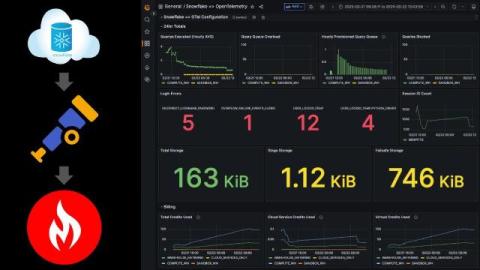Monitor OracleDB EX with OpenTelemetry and MetricFire
OracleDB remains a top choice as a relational database management system (RDBMS), despite its strict licensing requirements. It excels at handling complex SQL queries, massive datasets, and transactional workloads, making it ideal for large Enterprise technology stacks. Its many benefits include robust indexing, partitioning, and in-memory processing to optimize query performance at scale.











